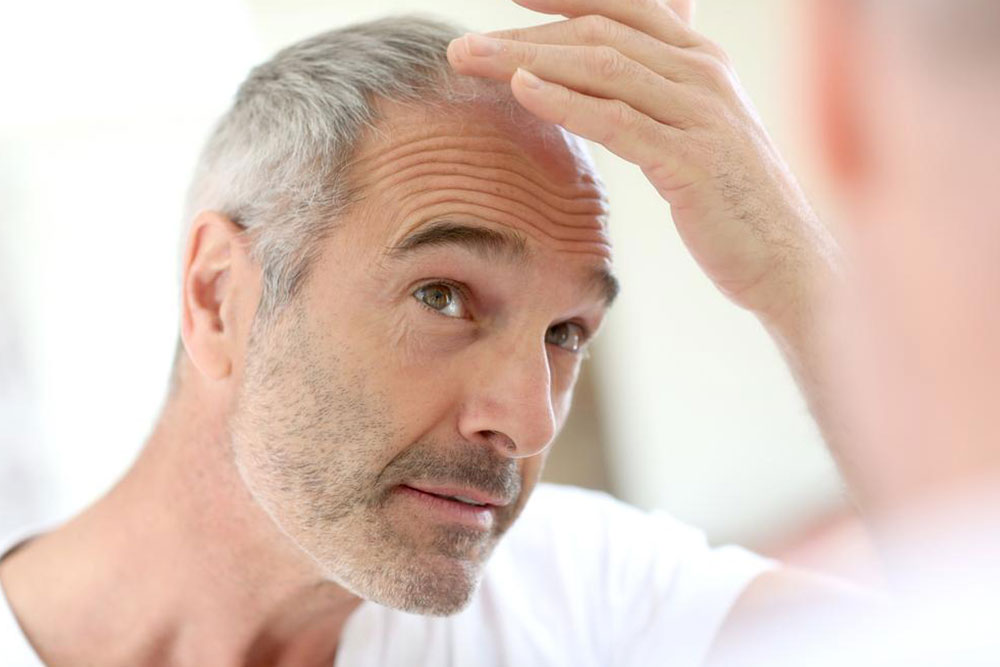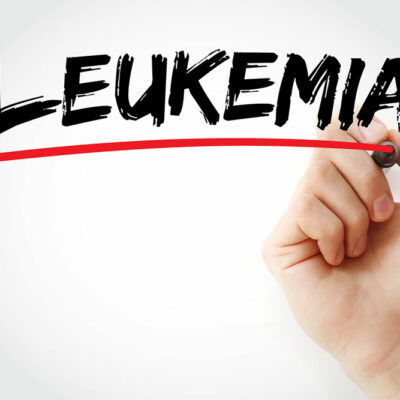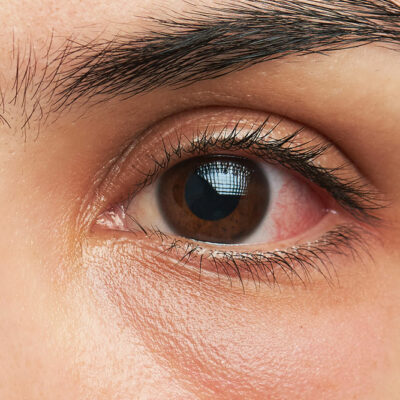
Risk factors, diagnosis and treatment of seborrheic dermatitis
A common condition, seborrheic dermatitis is a skin issue that is characterized by the development of scaly patches and dandruff-like red flakes on the scalp. While it usually is found to develop on the scalp area, however, it may also be seen on parts of the body that tend to get oily such as the eyelids, chest, ears, and nose. The condition is typically not very severe and may heal without any further need for treatment. However, in some cases, the condition can get worse and one will have to undergo treatment for the symptoms.
Seborrheic dermatitis can affect anybody, including infants and adults. The symptoms help in detecting the issue and the noticeable ones to look for include skin flakes or dandruff-like texture on the scalp, eyebrows, beard, and mustache, patches of greasy skin on the eyebrows, eyelids, ears, chest, armpits, groin area, red skin in the skin folds and immense itching. Depending on the season, the symptoms can get more severe. During winters or weather conditions, there may be more flare-ups.
Risk factors
There are several factors that contribute to the risk of seborrheic dermatitis. It may be related to the neurological and psychological condition of the individual. Depression and Parkinson’s disease too can play a role in the development of this disease. People who have a weakened immune system are likely to suffer from seborrheic dermatitis. Even conditions such as organ transplant, HIV/AIDs, cancer, alcoholic pancreatitis, the process of recovery from a heart attack and taking certain medications can increase the risk of developing it.
Diagnosis
The diagnosis process of seborrheic dermatitis is undertaken through examination of the skin. The doctor will scrape the skin cells and do a biopsy that will aid in ruling out the possibility of conditions that are different from seborrheic dermatitis. Post the successful diagnosis, one can undertake treatment for the condition, and these include:
Topical treatment – There are prescription topical medications that can be applied to the scalp or any of the affected areas. While they are effective, they must be used very sparingly. Application of the same in big proportions can cause immense side-effects such as skin thinning and skin streaks.
Antifungal drugs – In case the condition does not improve with topical treatment, the doctor may administer medication in the form of pills. These usually are not used as the first choice of treatment due to the side effects and drug interactions.
Mineral oil – One can apply mineral oil or olive oil on the scalp or affected area. This application must be left for a few hours before the hair is brushed and washed. Washing the softened dry skin flakes is much easier and reduces pain if felt.
In most cases of seborrheic dermatitis, the best results are attained through the combination of medical treatment and lifestyle changes. It is essential to work with medical professionals and quickly bring to their notice any side-effects from the medication used. Moreover, if the condition becomes painful, swollen or there is a development of pus, the area must be immediately examined while receiving effective treatment.


